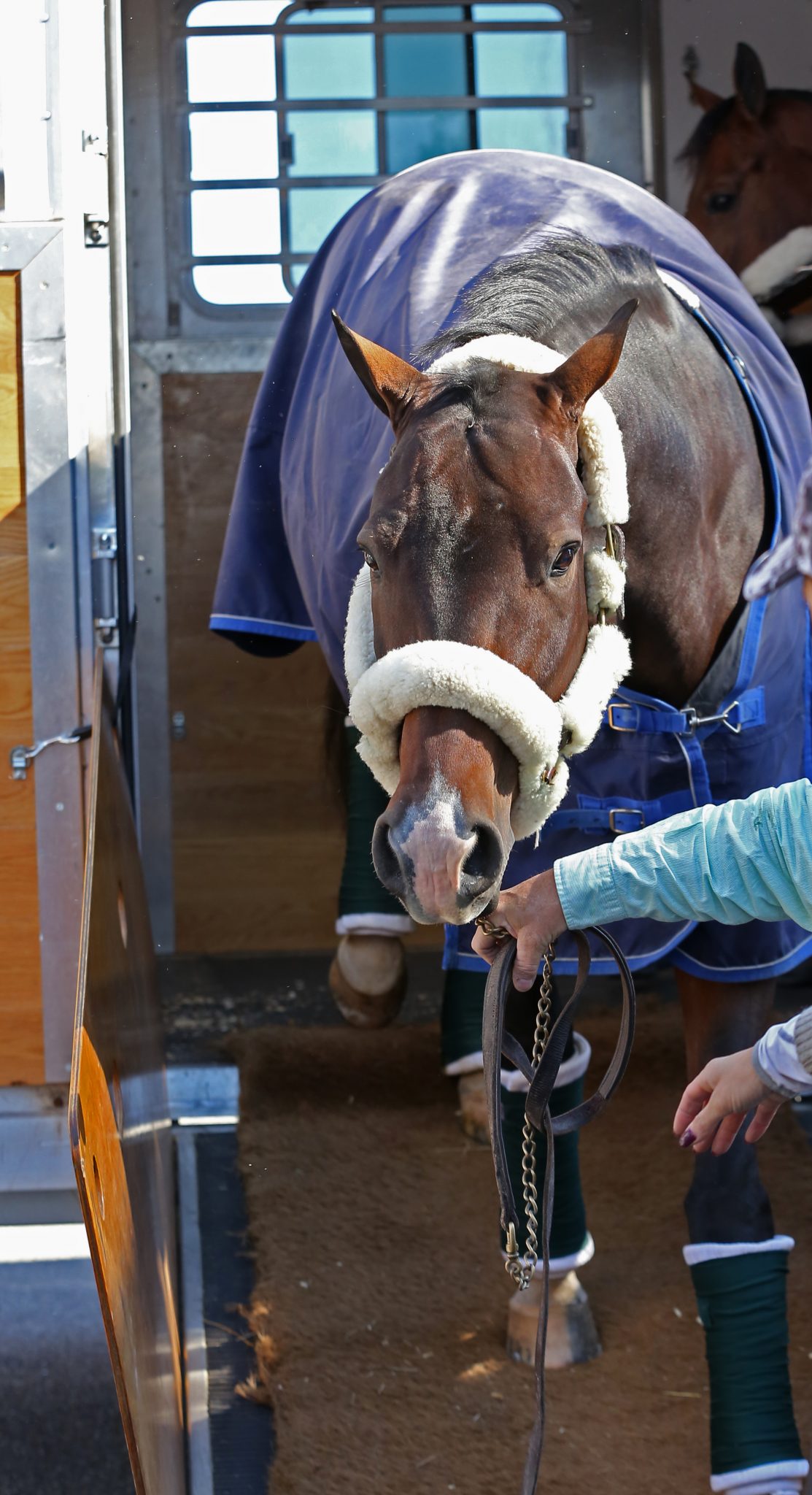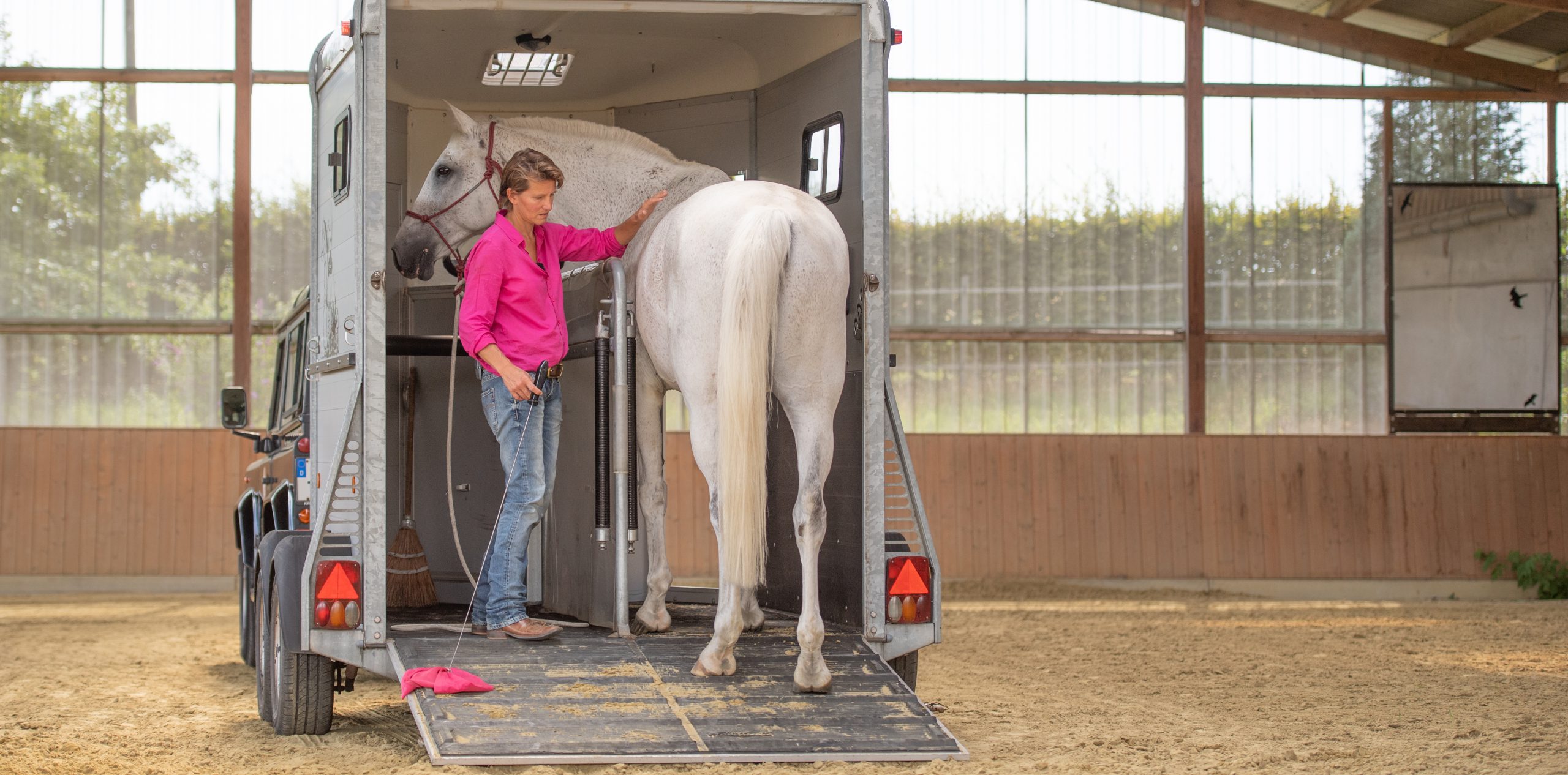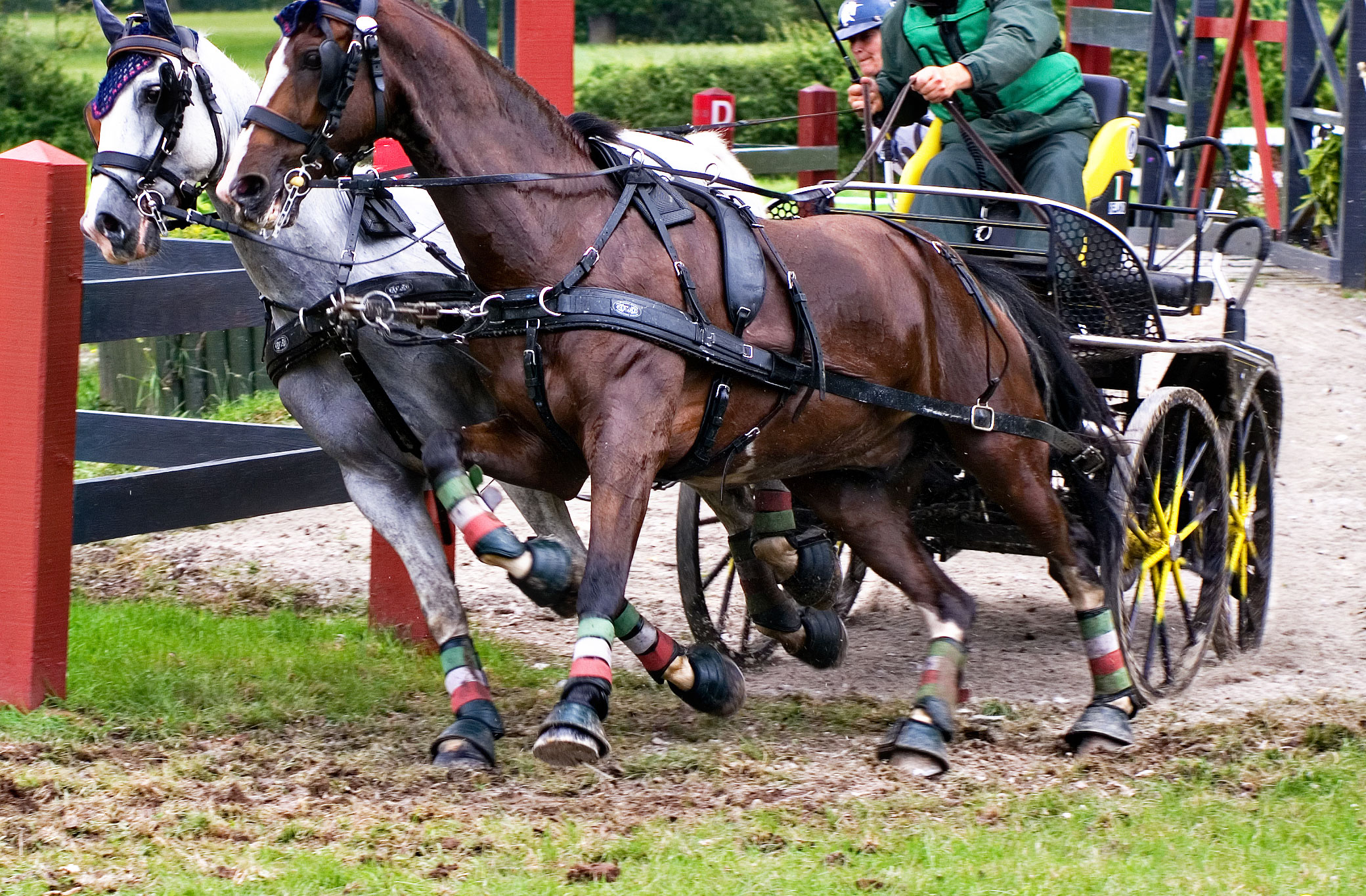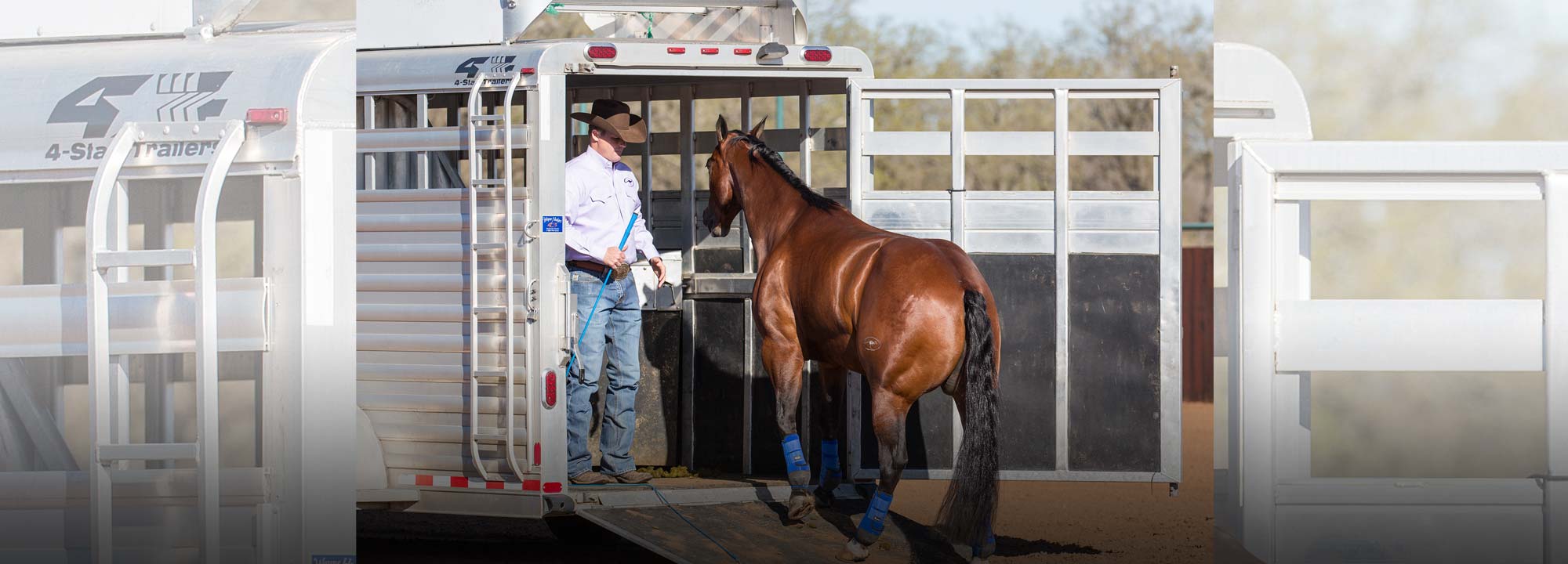Transporting a horse, whether for a competition, relocation, or veterinary care, requires meticulous planning and attention to detail to ensure the safety and well-being of these majestic animals. Understanding the nuances of stress-free horse moving and equipping yourself with the right information can make the experience smoother for both you and your horse. This comprehensive guide will walk you through the critical steps of preparing a horse for transport, choosing suitable transport options, and ensuring the journey and arrival are as comfortable as possible.
Horse Transport Options

When considering how to move your horse, it’s essential to familiarize yourself with the various horse transport options available. Factors such as distance, duration, and your horse’s individual needs will influence your choice of transport.
Choosing the Right Horse Transport Services
Professional horse transport services offer expertise and specialized equipment for hauling horses. Look for providers with a track record of transporting horses safely, positive reviews, and appropriate certifications. Ensure that they follow all equine travel regulations and have contingency plans for emergencies.
Options for Cross-Country Horse Transport
For longer distances, like cross-country horse transport, you may opt for a commercial shipper with experience in long-haul journeys. These services often provide air-ride suspension vehicles and regular rest stops to maintain your horse’s comfort throughout the trip.
Preparing a Horse for Transport

Preparation is key to a successful journey. A well-prepared horse is more likely to remain calm and arrive in good condition.
Pre-Transport Health Checks
Schedule a visit with your veterinarian for horse travel health checks. Ensure vaccinations are up-to-date, and obtain health certificates and other necessary documentation. Discussing travel concerns with your vet can also provide peace of mind.
Equine Travel Regulations and Documentation
Compliance with equine travel regulations is non-negotiable. You will need to acquire the correct documentation, including proof of ownership, travel permits, and health records, to transport your horse without legal hiccups.
Horse Trailer Loading Tips

Loading a horse onto a trailer can be one of the most challenging aspects of travel. However, with patience and the right approach, you can make this process smoother for your equine companion.
Training Your Horse for Loading and Unloading
Begin training well in advance of your trip. Use positive reinforcement to teach your horse that the trailer is a safe space, practicing loading and unloading calmly and without rush.
Safety Measures During Loading
During loading, prioritize safety by clearing the area of any hazards, using protective gear such as shipping boots, and ensuring that all handlers are experienced and calm. A quiet environment helps to keep the horse relaxed.
Horse Transport Equipment Essentials

The right horse transport equipment can make a significant difference in your horse’s travel experience. Invest in quality gear designed for equine safety and comfort.
Choosing the Right Equipment for Your Horse
Select equipment based on your horse’s size, the climate, and the length of your journey. Essential items include a well-fitting halter, lead ropes, protective leg wraps, and non-slip mats for the trailer floor.
Maintaining and Securing Equipment
Conduct regular maintenance checks on your transport equipment to prevent malfunctions. Secure all gear properly to avoid shifting during travel, which could distress or injure your horse.
On the Journey: Ensuring a Stress-Free Horse Moving Experience

The way you manage the journey can have a significant impact on your horse’s stress levels and overall well-being. Aim for a travel experience that is as comfortable and reassuring as possible.
Monitoring Your Horse’s Health and Comfort
Regularly check on your horse’s condition throughout the trip. Look for signs of distress or discomfort, and ensure that your horse has access to hay and water to help maintain hydration and gastrointestinal health.
Managing Stress and Anxiety in Horses During Travel
Minimize stress by keeping the environment inside the trailer calm and well-ventilated. Plan for frequent breaks where your horse can rest, and if possible, travel during cooler parts of the day.
Arrival and Post-Transport Care

Once you reach your destination, it’s crucial to help your horse adjust to its new environment and monitor its recovery from the journey.
Settling Your Horse into a New Environment
Introduce your horse to its new surroundings gently. Allow it to explore the new stall and paddock at its own pace, and provide familiar items like blankets or toys to offer comfort.
Embarking on the journey of horse ownership or looking to become a more seasoned equestrian? Our comprehensive guides have got you covered. Learn the basics of acquiring your equine companion with our article on how to get a horse. Once you’ve welcomed your horse home, make sure they’re well-fed by constructing a custom feeder with our guide on how to build a horse feeder. And for the overall wellbeing of your new friend, dive into our detailed instructions on how to take care of a horse. Whether you’re a novice or an experienced owner, these resources will ensure you and your horse are ready for any journey — including learning the essentials of how to transport a horse safely to your next destination.
Post-Travel Health Checks and Recovery
After arrival, conduct a post-travel health check to ensure your horse has not sustained any injuries or stress-related issues. Allow ample time for your horse to rest and recover, especially after a long haul.
By adhering to these guidelines, you can navigate the complexities of horse transportation with confidence, ensuring that your horse remains safe and as stress-free as possible throughout the process.



